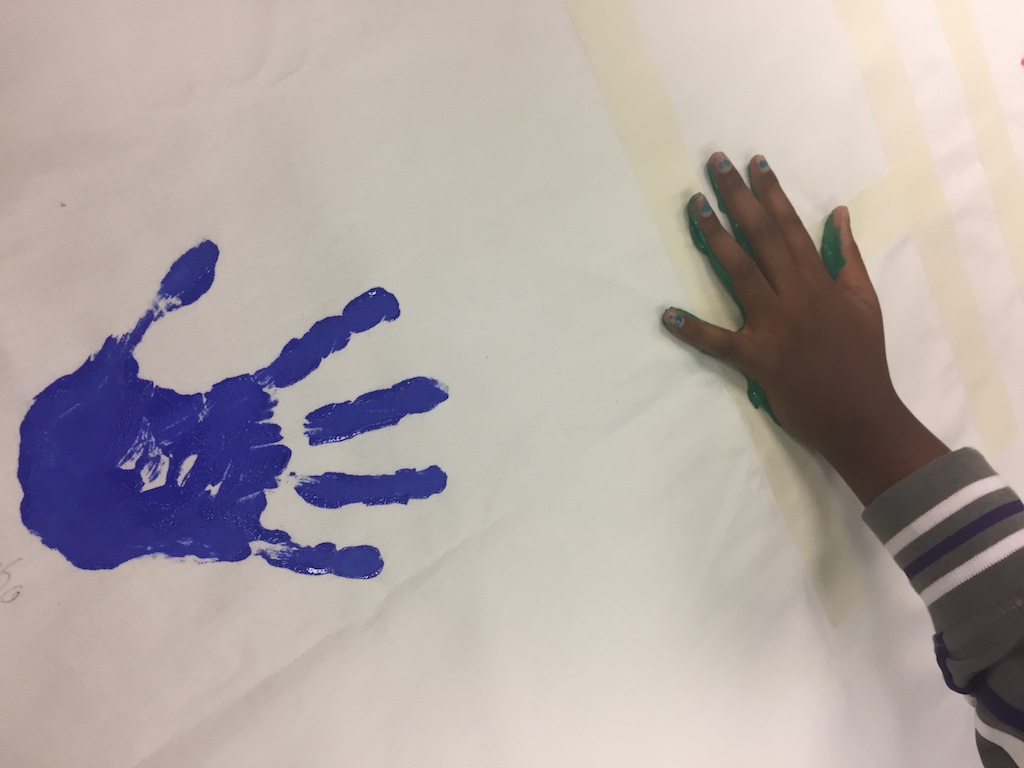
Currently, 8 out of 10 children diagnosed with cancer will live long, healthy and productive lives*. Unfortunately, we have to place an asterisk on that statistic, as it only applies to the 20 percent of children in the world who happen to live where proper cancer diagnosis and treatments are accessible. When I’m teaching medical students and residents, I often ask them a trick question on this matter. “What is the main risk factor that predicts a poor outcome in pediatric cancer?” These diligent trainees will invariably respond with different answers: diagnosis, location of the tumor, size of the tumor, stage of the cancer, age of the patient, etc. However, the answer to this trick question cannot be found in a textbook or medical journal. It’s found on a map.
Roughly 80 percent of the world’s children live in places where adequate services to diagnose and treat childhood cancer are either underdeveloped or completely nonexistent. Unfortunately, 80 percent of the world’s children geographically live where survival of cancer is 20 percent or less, while the other 20 percent are fortunate to live in high income countries where overall cancer survival rates range from 80 to 90 percent. In the 1960s, most children diagnosed with cancer in the United States died from the disease. Over the past few decades, through tremendous perseverance and medical discovery, we have seen a dramatic increase in childhood cancer survival rates in the U.S., among other high income countries around the world. This can’t be said for the majority of other countries who lack the same progress in cancer care. Children around the world are not dying because we do not know how to treat cancer, but from a lack of resources and poor dissemination of scientific knowledge throughout many parts of the globe.
Texas Children’s Global Hematology-Oncology Pediatric Excellence (HOPE) initiative is addressing these concerning statistics by working to improve the disparate childhood cancer survival rates in several parts of Africa. Global HOPE manages comprehensive diagnostic, treatment and long-time survivorship programs in Uganda, Malawi and Botswana, and assists many other institutions and organizations in their efforts to combat pediatric cancer throughout the continent. We must continue to pursue a concerted, worldwide endeavor with help from governments, charities, community organizations, medical professionals and several other entities in order to create a world where a cancer diagnosis is not immediately deemed fatal because of where a child was born. This is possible, as evidenced by the dramatic change of landscape for the HIV/AIDS epidemic.
If a child has cancer and dies without knowing it, did they really have cancer? Biologically, the answer is yes. Statistically, the answer is no. Many of these cancer cases go unrecognized, supporting a false assumption that the burden of cancer is low in places with limited resources For International Childhood Cancer Day, let’s recognize and honor all of the children who have died, or who are currently suffering, from undiagnosed and untreated cancer.
International Childhood Cancer Day (February 15) highlights the need for concerted global actions to address the growing challenge posed by this non-communicable disease. Globally, childhood and adolescent cancer is threatening to overtake infectious diseases as one of the highest causes of disease-related mortality in children. This is a day when we come together to continue the work to “Advance Cures and Transform Care” and to make childhood cancer a national and global child health priority.